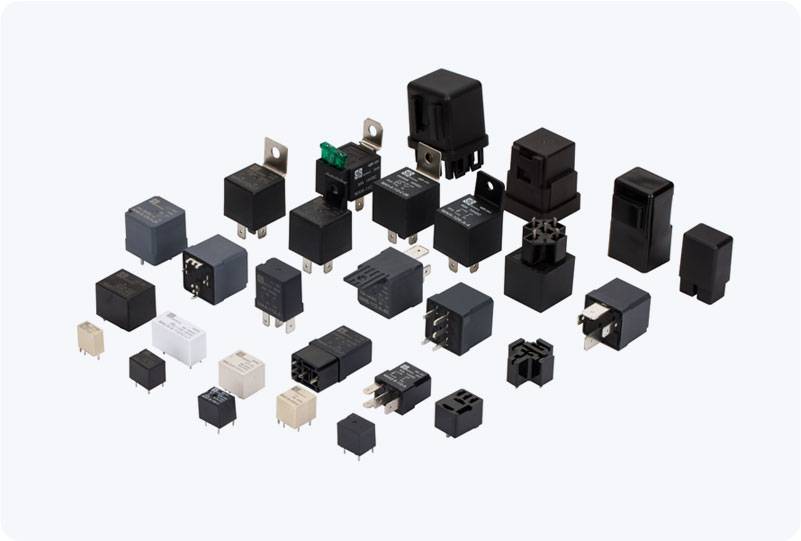ag alloy contact relay: the role and benefits of silver alloy contacts in modern relays
Release time:2025-07-30 17:26:21
Relays are essential components in a wide range of electrical systems, acting as switches that control the flow of electricity. One critical aspect of relay performance is the material used for the contacts, as it directly influences the relay’s reliability, longevity, and efficiency. Among the various contact materials used in relays, silver alloy (Ag Alloy) contacts have become increasingly popular due to their outstanding properties. This article explores the role of AG Alloy Contact Relays, their advantages, and their common applications in modern electrical systems.

What is an AG Alloy Contact Relay?
An AG Alloy Contact Relay is a type of relay that uses silver alloy as the material for its contacts. Silver, known for its excellent electrical conductivity, is often alloyed with other metals like nickel, tin, or copper to enhance its durability, strength, and resistance to wear and corrosion. This alloyed contact material provides a balance between conductivity and longevity, making it ideal for relays that are exposed to high currents and frequent switching cycles.
The Composition of Silver Alloys in Relays
Silver alloys typically consist of a base of silver combined with small amounts of other metals to improve performance characteristics. The most common alloy used in relays is Silver-Nickel (AgNi), where the silver is combined with about 10% nickel. This particular alloy offers a good balance of hardness and conductivity. Other popular silver alloys include Silver-Tin Oxide (AgSnO₂), which is used for its superior resistance to electrical arcing, and Silver-Cadmium Oxide (AgCdO), which has traditionally been used for high-power switching applications.

